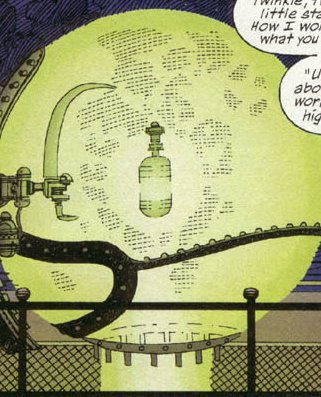

Horgan, Why string theory is still not even wrong, Scientific American (27 April 2017), Clegg, Gravity (Duckworth Overlook, London, 2012), pp. Woo, Will we ever travel through wormholes? BBC Future (26 March 2014), ī. Thorne, Wormholes in space time and their use for interstellar travel. Kaku, Parallel Worlds (Penguin, London, 2006), p. Torchinsky, The painful truth about NASA’s warp drive, Jalopnik (June 2014), Clegg, Final Frontier (St Martin’s Press, New York, 2014), pp. David Mermin, Could Feynman have said this? Physics Today (May 2004), ī. Kaku, Parallel Worlds (Penguin, London, 2006), pp. Gribbin, Erwin Schrödinger and the Quantum Revolution (Black Swan, London, 2013), p. Johnston, What ever happened to tachyons? Armagh Planetarium Astronotes (May 2013), Benford, Timescape (Sphere Books, London, 1982), pp. Webb, All the Wonder that Would Be (Springer, Switzerland, 2017), p. Blish, Spock Must Die (Bantam Books, New York, 1970), pp. Clegg, Ten Billion Tomorrows (St Martin’s Press, New York, 2015), p. Blish, Beep, in Galactic Cluster, (Four Square, London, 1963), pp. Webb, All the Wonder that Would Be (Springer, Switzerland, 2017), pp. Blish, Cities in Flight (Avon Books, New York, 1970), pp. Blish, Cities in Flight (Avon Books, New York, 1970), p.

Wikipedia article on “Patrick Blackett”, Wells, The First Men in the Moon, Project Gutenberg edition, ī. Asimov, The Relativity of Wrong (Oxford University Press, Oxford, 1989), p. Asimov, The Relativity of Wrong (Oxford University Press, Oxford, 1989), pp. Rae, Reductionism (Oneworld, London, 2013), p. University of California at Berkeley, Understanding Science 101, Ī.
#CAVORITE BLOCKING GRAVITY MANUAL#
Okuda, Star Trek: the Next Generation Technical Manual (Boxtree, London, 1991), p. Gale (screenplay), Back to the Future (Amblin Entertainment, 1985) "Anti-gravity" is often used colloquially to refer to devices that look as if they reverse gravity even though they operate through other means, such as lifters, which fly in the air by using electromagnetic fields.R. Quantum physicists have postulated the existence of gravitons, a set of massless elementary particles that transmit the force, and the possibility of creating or destroying these is unclear. Under general relativity, anti-gravity is impossible except under contrived circumstances. In the 20th century, Newton's model was replaced by general relativity where gravity is not a force but the result of the geometry of spacetime. In Newton's law of universal gravitation, gravity was an external force transmitted by unknown means. An early example is the gravity blocking substance "Cavorite" in H. Anti-gravity is a recurring concept in science fiction, particularly in the context of spacecraft propulsion.
#CAVORITE BLOCKING GRAVITY FREE#
It does not refer to the lack of weight under gravity experienced in free fall or orbit, or to balancing the force of gravity with some other force, such as electromagnetism or aerodynamic lift. (DS9: "Melora")Īnti-gravity is the idea of creating a place or object that is free from the force of gravity. (TOS: "The Menagerie, Part I" TNG: "Too Short a Season", et al.) Jadzia Dax, via the Dax symbiont, had been familiar with this type of technology as early as the late 22nd century. (TOS: "The Changeling" TNG: "Hollow Pursuits", et al.)Īt the same time it was not uncommon to see anti-gravity wheelchairs in use by disabled persons. The city was described by Spock as "the finest example of sustained anti-gravity elevation ever seen." (TOS: "The Cloud Minders")ĭuring the 23rd and 24th centuries, the Federation employed anti-gravs and later anti-grav sleds to assist in the moving of large or bulky items. The cloud city Stratos was built, by the Ardanans, above the surface of the planet Ardana, centuries prior to 2269. Anti-gravity refers to the state in which an object defies the laws of gravity.


 0 kommentar(er)
0 kommentar(er)
